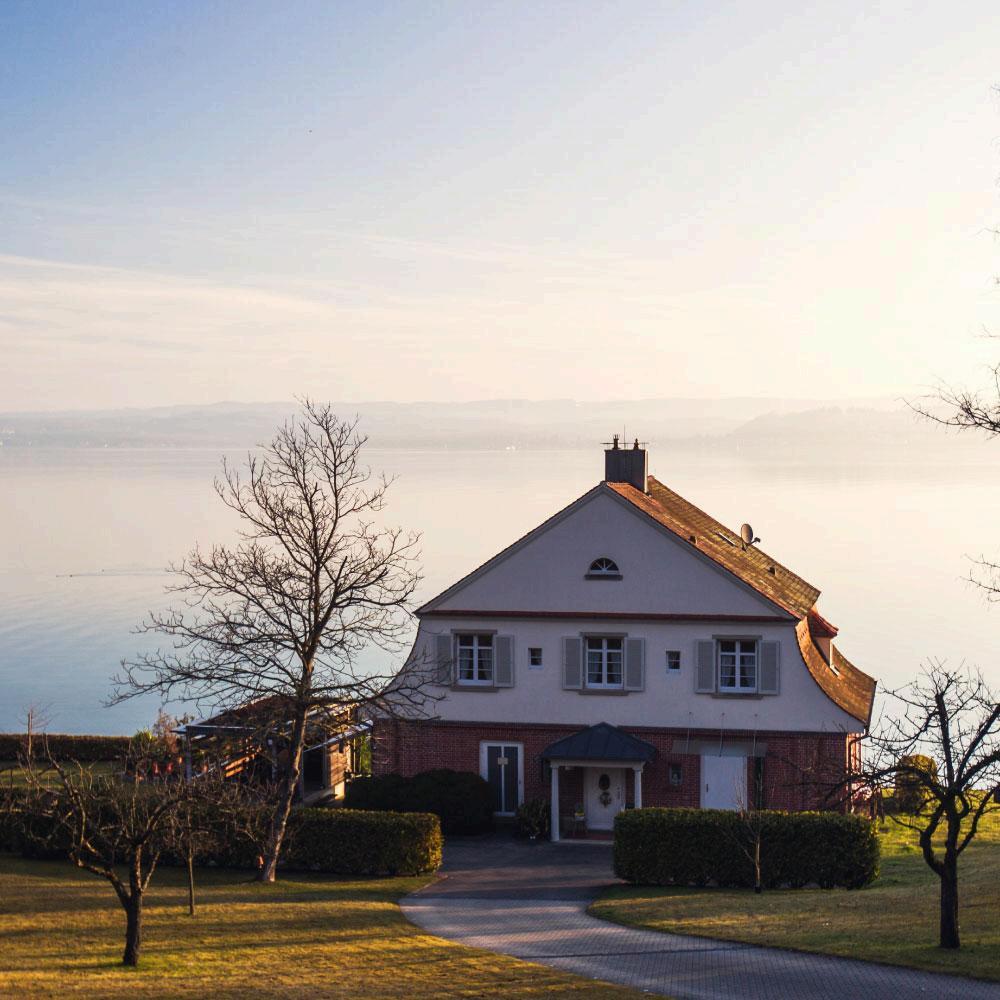From Factory Floors to Fabulous Venues: The Power of Adaptive Reuse by
Brian Casella

Brian Casella explained that across cities worldwide, once-forgotten industrial buildings are finding new life as vibrant event spaces, art galleries, boutique hotels, and cultural hubs This trend, known as adaptive reuse, is not just about repurposing old structures it’s about honoring history while embracing modern functionality. The result is spaces that blend character, sustainability, and creativity in ways that newly built venues often can’t match
Industrial buildings, with their high ceilings, exposed brick, steel beams, and expansive floor plans, provide a unique canvas for transformation Where machines once roared, weddings now sparkle with candlelight, concerts fill the air with music, and exhibitions invite visitors to explore. The charm lies in the contrast: sleek, contemporary interiors set against raw, historic architecture, creating a setting that’s both stylish and authentic
One of the key benefits of adaptive reuse is sustainability Repurposing an existing building reduces construction waste, conserves resources, and minimizes the carbon footprint compared to demolishing and building anew Many developers also incorporate eco-friendly upgrades like energy-efficient lighting, water-saving systems, and green roofs to further enhance the building’s environmental profile.
Beyond aesthetics and sustainability, these transformations often play a role in revitalizing communities. Restoring an abandoned warehouse or mill can spark economic growth, attract tourism, and inspire other local development These spaces become cultural landmarks, preserving the identity of neighborhoods while giving them fresh purpose
However, adaptive reuse is not without its challenges Developers must navigate structural limitations, meet modern building codes, and sometimes work around environmental remediation But these hurdles often lead to creative problem-solving and innovative design solutions, resulting in truly one-of-a-kind spaces
For entrepreneurs, event planners, and creatives, industrial conversions offer a versatile backdrop The open layouts can be customized for a range of uses from intimate gatherings to large-scale productions while the original architectural features provide built-in character that can’t be replicated
Adaptive reuse is proof that history and modern life can coexist beautifully. By breathing new life into industrial spaces, we not only preserve the stories embedded in their walls but also create inspiring venues that connect people, celebrate culture, and stand as a testament to the power of reinvention
